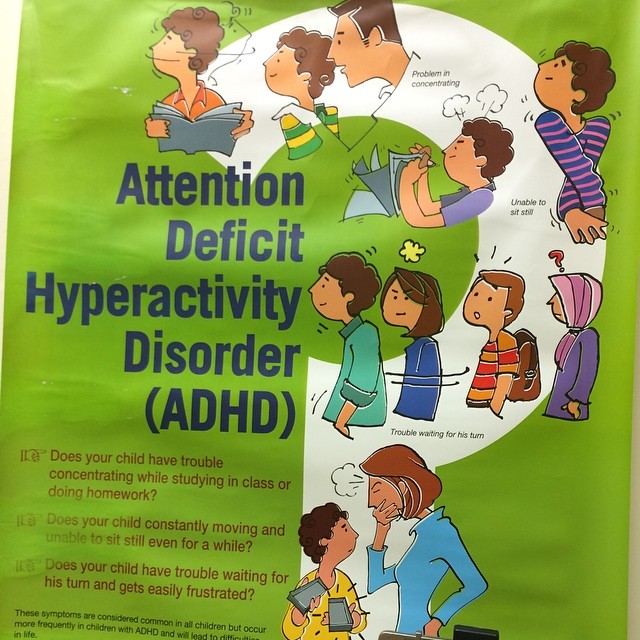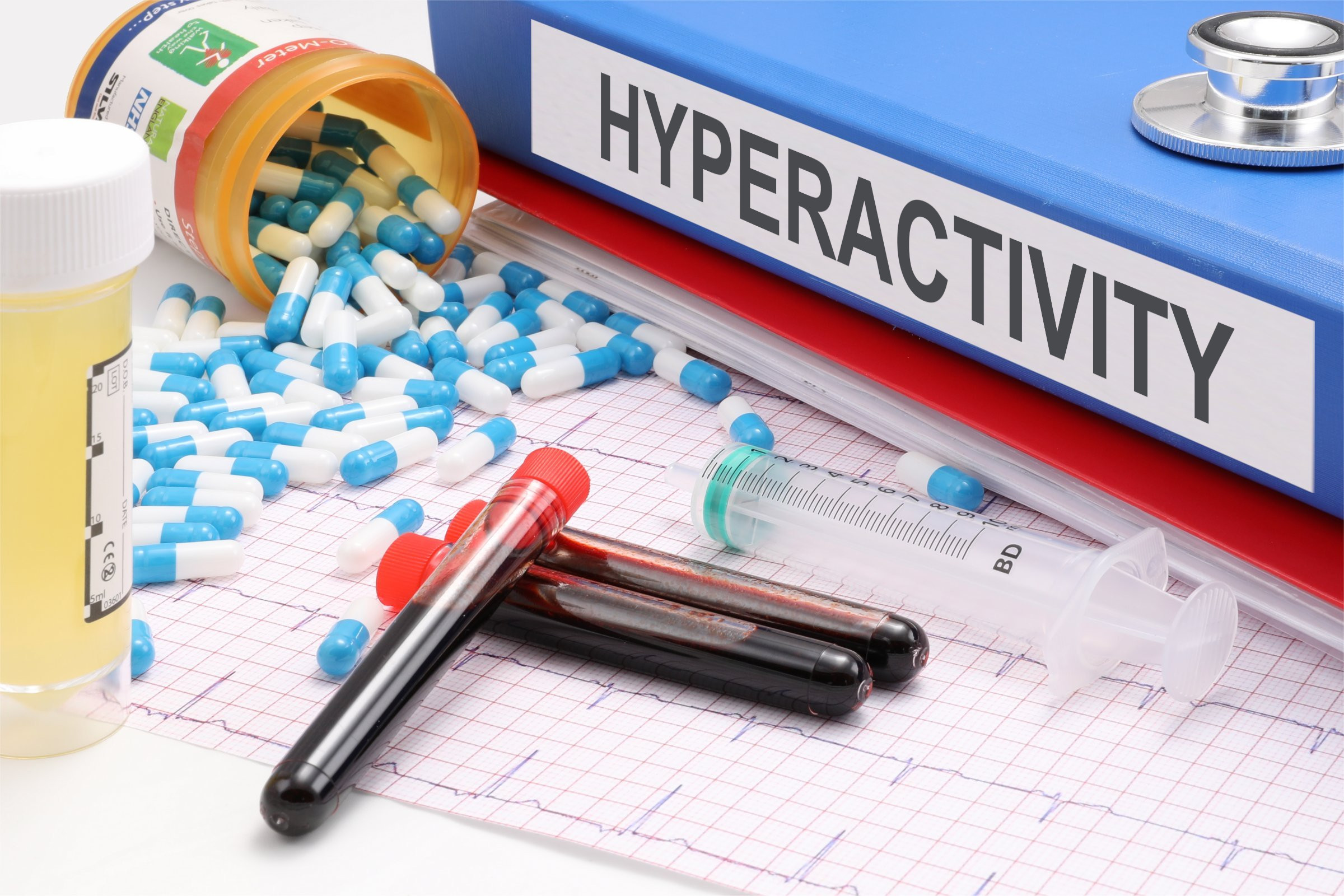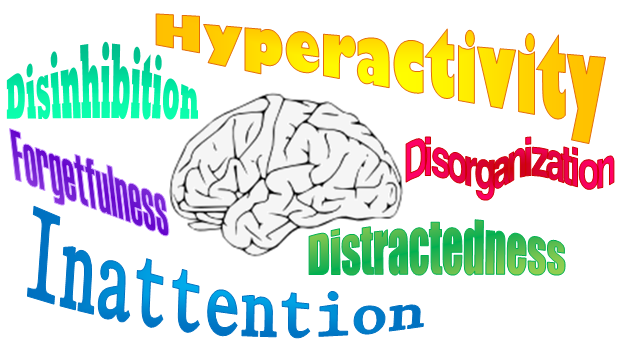Summary
– Definition of a hyperactive behavior
– Symptoms of hyperactivity
– Causes of hyperactivity in children
– How to recognize a hyperactive child?
– Treating a hyperactive child
An agitated child is not necessarily a hyperactive child, i.e., a child with ADHD. Only a specialist can diagnose hyperactivity. However, parents have an essential role in guiding their hyperactive child and giving him/her the means to feel safe and confident.
Definition of a hyperactive child
This disorder is often called hyperactivity and defined by the letters ADHD, which stands for Attention Deficit Hyperactivity Disorder. ADHD appeared about 20 years ago, affecting thousands of children and a majority of boys.
The hyperactive child or child with ADHD is a restless child whose energy is not used in the same way as other children. They have difficulty channeling their energy, and this can be a handicap in their daily lives.
However, one should not confuse a child who is simply restless and agitated with a hyperactive child. The origin of hyperactivity is neurobiological, and it would be due to a dysfunction of neuromediators, including noradrenaline and dopamine.
Until recently, the diagnosis of ADHD was often made a little late, on average around the age of 9-10 years, which can be harmful because it aggravates school, psychological, and family problems.
Symptoms in hyperactive children
ADHD combines three types of symptoms:
– Attention deficit: the child cannot concentrate on a specific task and is constantly distracted, making it difficult to concentrate in class, which often leads to academic difficulties.
– Motor hyperactivity: the child is restless, always moving, jumping, fidgeting. They prefer physical activities.
– Impulsivity: they are relatively quick in their actions and decisions and therefore act before thinking about the consequences. He or she may also appear rude because he or she constantly interrupts and does not listen.
Causes of hyperactivity in children
Heredity seems to be a determining factor, and it is not uncommon to find in the family of a hyperactive child a parent who has presented the same symptoms at a young age.
Moreover, a research team in psychiatry has confirmed the genetic hypothesis: a genetic variant (SNAP25 gene), by altering a network involved in neurotransmission, is associated with various psychiatric disorders, including hyperactivity and attention disorders.
However, other causes may also explain the child’s hyperactivity:
– pre-or perinatal complications, injuries, infections, or intoxication during infancy;
– prematurity resulting in birth weight of less than 1,500 g
– maternal smoking;
– unfavorable socio-economic conditions;
– audiovisual abnormalities, lead poisoning, temporal epilepsy…
How to recognize a hyperactive child?
You can sometimes spot the signs of the disease from birth: for example, when a newborn cries incessantly, screams, becomes agitated, etc. However, all babies cry, so it is important to continue to observe the child for any symptoms.
Warning signs of hyperactivity in infants
In the first few years of a child’s life, there are a few things that can catch the parents’ attention, but they are not alarming:
– During the first year of life, it is often children who sleep badly.
– From the age of 1, children are constantly moving, picking up everything, throwing, climbing, kicking, falling, making a lot of noise. They have constant sleep problems and have a limited attention span.
– From the age of 3, i.e., school age, hyperactivity is more easily revealed than in other children, mainly because of their motor instability.
Criteria for Childhood Hyperactivity

Here is a list of criteria associated with ADHD:
– The child is constantly moving hands and feet, squirming in the chair.
– It is difficult for the child to sit still.
– Is easily distracted
– Has difficulty waiting for a turn in a group.
– He answers questions in an untimely manner and often before they are fully asked.
– Has difficulty following instructions
– Has difficulty concentrating for more than a few minutes on a specific task
– He moves from one activity to another without finishing them.
– Has difficulty playing quietly
– Talks excessively
– Often interrupts conversations and regularly interferes with them
– Seems not to listen when spoken to
– Often loses things and work materials
– Often takes reckless risks
Parents may begin to wonder and seek professional help if the child has :
– 10 of these criteria before age 6;
– 8 of these criteria between 6 and 12 years of age;
– 6 of these criteria after age 12.
Note: in general, these children’s ability to concentrate improves after age 5, and an improvement in behavior appears around age 8.
Treating a hyperactive child
To treat an ADHD or hyperactive child, the parent must first go through an educational treatment. Following that, if the child continues to be rebellious (and only if), a specialist will have to administer a drug treatment.
Treating a hyperactive child with educational treatment
An educational treatment consists of making sure that the parents avoid difficult situations where the child can quickly fail. In addition, specific measures must be observed:
– You must develop his auditory memory.
– speak to him often, calmly, slowly, giving simple orders
– avoid arguing with him all the time.
– set precise times for doing homework, eating meals, and all the other life rules; the child needs to be given guidance.
– You should also talk to your child’s teachers to get them involved.
– It may be helpful to enroll him in a sports class, especially an activity that requires concentration and respect for rules.
Treating a hyperactive child with medication

As a last resort, for the most rebellious hyperactive children, a specialist can prescribe methylphenidate (Ritalin®, Concerta®, or Quasym®). Methylphenidate is a potent psychostimulant that will make the child less agitated and more attentive.
The long-term influence of these drugs is still challenging to demonstrate. Still, some particularly worrying side effects are known: hallucinations, dependencies, addiction, and according to one study, an increased risk of epileptic seizures within 30 days of initiation of treatment, in addition to the fact that many children do not respond to this treatment.
I hope this blog has provided you with the necessary information. Please remember to share and comment below.


